- News
- Reviews
- Bikes
- Components
- Bar tape & grips
- Bottom brackets
- Brake & gear cables
- Brake & STI levers
- Brake pads & spares
- Brakes
- Cassettes & freewheels
- Chains
- Chainsets & chainrings
- Derailleurs - front
- Derailleurs - rear
- Forks
- Gear levers & shifters
- Groupsets
- Handlebars & extensions
- Headsets
- Hubs
- Inner tubes
- Pedals
- Quick releases & skewers
- Saddles
- Seatposts
- Stems
- Wheels
- Tyres
- Tubeless valves
- Accessories
- Accessories - misc
- Computer mounts
- Bags
- Bar ends
- Bike bags & cases
- Bottle cages
- Bottles
- Cameras
- Car racks
- Child seats
- Computers
- Glasses
- GPS units
- Helmets
- Lights - front
- Lights - rear
- Lights - sets
- Locks
- Mirrors
- Mudguards
- Racks
- Pumps & CO2 inflators
- Puncture kits
- Reflectives
- Smart watches
- Stands and racks
- Trailers
- Clothing
- Health, fitness and nutrition
- Tools and workshop
- Miscellaneous
- Buyers Guides
- Features
- Forum
- Recommends
- Podcast
feature
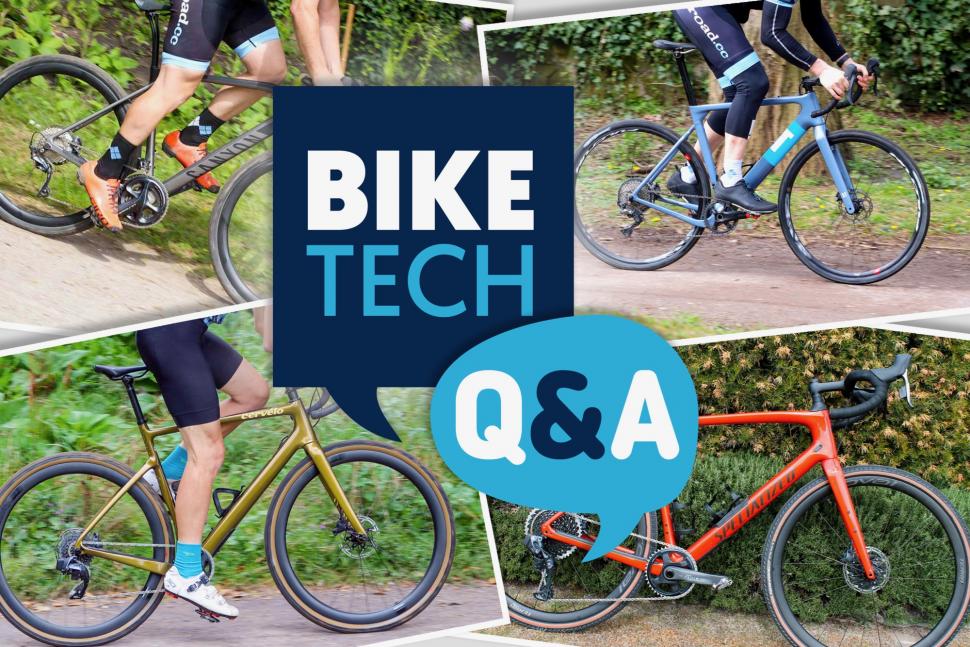 Bike tech Q&A - 1
Bike tech Q&A - 1Which gravel bike should I buy?
Hi guys, I'm interested in getting a fast, smooth and comfortable gravel bike. My question to you guys is which is better, the 3T Exploro, Canyon Grail, Specialized Diverge, or Cervelo Aspero? I want to be able to keep up with my fast roadie mates, to be capable of switching between road and gravel rides when need be, and to be comfortable – because the more comfortable I am, the faster I will be over distance.
I have a budget of £4,500.
Simon L
Hi Simon
Between us, we've ridden all of the bikes you mention in one form or another, and here are our original reviews:
3T Exploro Pro GRX 2020 £4,000
Canyon Grail CF SL 8.0 SL £3,249
Specialized Diverge Pro Carbon £5,999
Cervelo Aspero Force eTap AXS 1 Disc £5,299
Each of these bikes is available in various builds and, in most cases, in more than one frame option:
• 3T Exploro: originally available as a frameset only, the lineup has been extended to include complete bikes. All Exploro frames are carbon-fibre but the frame used for the Exploro Pro, Team and Limited bikes is different from the new, more aero frame used for the Exploro Race and Exploro Max (complete Exploro Race and Exploro Max bike prices start at £4,199; get all the details here). We've not ridden these recently announced additions.
• Canyon Grail: aluminium models start at £1,399 with carbon-fibre models starting with the Grail CF SL 7.0 (above) priced £2,149.
• Specialized Diverge: starts at £949 for the aluminium Base E5, the most affordable carbon model being the £2,199 Diverge Base Carbon (above).
• Cervelo Aspero: available only with a carbon-fibre frame. The most affordable model is the Aspero Apex 1 Disc (above) at £2,699.
You say you'd like a bike that's smooth and comfortable. Run at reasonably low pressures, the large tyres that gravel bikes are capable of taking provide lots of comfort, and they're an easy switch whichever model you eventually opt for. Each of these bikes offers at least 40mm of clearance on 700c wheels, the new Specialized Diverge leading the way with 47mm with 700c, and 2.1in if you go for smaller 650b wheels.
A couple of these bikes offer features that further improve off-road comfort. The higher end Diverges come with Specialized's Future Shock 2.0 system (above) that consists of a spring in a cartridge above the head tube. The stem and handlebar sit above the spring, the rest of the bike sits below it. Future Shock 2.0 gives you 20mm of adjustable, hydraulically damped travel while some of the more affordable models get Future Shock 1.5, which is a simpler design.
Future Shock might sound like a gimmick but it really works to reduce vibrations and smooth over smaller bumps, and you can stiffen up the 2.0 version when you hit the tarmac. Future Shock might have been introduced on the Roubaix road bike but we'd say its natural home is gravel.
Canyon takes a very different approach with its two-level Gravelcockpit CF (originally called the Hover Bar). The tops aren't connected directly to the stem section, allowing Canyon to build in much more flex than usual – seven times the amount you get with the brand’s H31 Ergocockpit, it claims.
The looks might be challenging to some but the unusual bar does help to reduce vibration – although it doesn't cancel out bigger hits as well as Specialized's Future Shock system. On the flip side, Canyon's design is simpler.
Grails from the CF SL 8.0 (£2,599) upwards also feature Canyon's leaf spring S15 VCLS 2.0 CF seatpost which adds a little more comfort. It is able to flex slightly while the saddle's tilt angle remains constant.
You talk about speed on the road being important. The Exploro was the first gravel bike designed with aerodynamics in mind and 3T says that it has reduced drag further with the Exploro Race and Exploro Max bikes (above), scheduled to be available from August.
Specialized says that the new Diverge's huge down tube has a slight negative effect on aerodynamics (higher end models have a storage compartment inside) but that it is still more efficient overall than the previous incarnation.
When reviewer Dave Arthur rode the Cervelo Aspero (above) for us he said, "This is a flat-out fast bike. Not as fast as the 3T Exploro perhaps, but right up there with the speediest gravel bikes I've tested. It's fast everywhere, on the road, gravel, climbs, descents and through the corners."
3T talks a good fight in terms of aerodynamics, but without putting them all in a wind tunnel we can't say for sure how they compare.
The Cervelo Aspero and the 3T Exploro both offer low, race-focused ride positions (the Exploro Race and Exploro Max, above, are a little more upright than the Exploro Pro/Team/Ltd design) while the Specialized Diverge is a little higher at the front thanks to the Future Shock system. When I rode the new Diverge recently I did mention that I'd rather have had a more aggressive position on fast tarmac sections, so it depends where your priorities lie. The geometry of the Diverge is more like that of a mountain bike than any of the other options considered here.
The higher end Canyon Grails are more difficult to compare because of their unusual stem/handlebar. Stack and reach measurements don't tell the whole story; the ride position is closer to that of the Cervelo and the 3T than to the Specialized.
It doesn't sound as if you're interested in carrying much gear with you, although higher-end Specialized Diverges – the Comp, Expert, Pro and S-Works frames – feature an internal SWAT compartment in the down tube (above, SWAT standing for 'storage, water, air, tools').
This allows you to take stuff out of your pockets – multitool, waterproof, and so on – and hide it inside the frame instead. As well as freeing up pocket space, the fact that the weight sits lower improves handling when you’re loaded up, and anything you put inside the frame is protected from rain, dust and dirt. You also get rack mounts on the Diverge.
One final factor to consider is availability. We all know that there's a bike shortage right now, although more expensive models are less affected than sub-£1,000 models. Check out Canyon's website and you'll see that most sizes of the CF SL 7.0, for example, aren't shipping until November, although other models are available sooner.
A quick shufty around the web also suggests that 3T Exploros are thin on the ground at the moment, although we mentioned earlier that the Exploro Race and Exploro Max models are scheduled to arrive in August. You could probably get your hands on a 2020 Cervelo Aspero easily enough.
One advantage of the Specialized Diverge is that it has only recently gone on sale, although even here you should act quickly if you have a particular model in mind.
The Cervelo Aspero GRX Disc (above) is a high-quality offering at £3,599. It's built up with a Shimano GRX 600 groupset (which has mechanical shifting) and Easton EA70 AX wheels. The bike is available in 1x (single chainring) and 2x versions. With speed on the road important to you, the 2x version would be he better option (with a highest gear of of 47 x 11, as opposed to 40 x 11 on the 1x version)
Check out your complete guide to Shimano’s GRX gravel groupset
The 3T Exploro Pro GRX that we reviewed earlier in the year is £4,000. It comes with Shimano GRX 600 components and Fulcrum Racing 700 DB wheels. If you prefer (or struggle to get hold of one), you could get a 3T Exporo Race GRX 2x for £4,399 when it becomes available, with a Shimano GRX RX810 groupset with mechanical (as opposed to Di2 electronic) shifting, and WTB Serra wheels.
Specialized's Diverge Expert Carbon (above) comes in right at the top of your budget – £4,499. You get a Future Shock 2.0 suspension, and a Shimano GRX RX815 groupset with Di2 electronic shifting. The 40-tooth single chainring matched with an 11-42-tooth cassette could be the limiting factor on the road.
If you can run to £4,549, and if you like SRAM's shift system, the Canyon Grail CF SLX 8.0 eTap is exceptional. It comes with wireless electronic shifting and a super-wide gear range. The 42 x 10 top gear is nearly as large as the 47 x 11 found on the 2x Cervelo Aspero GRX Disc mentioned above.
Another option, depending on what you already own, would be to buy a bike beneath your budget and use the money left over for a second wheelset. You could have one pair of wheels fitted with road tyres and the other pair fitted with gravel tyres, so setting up your bike for the relevant surface would take just a couple of minutes.
The bike we'd recommend really depends on which combination of the factors we've mentioned is most important to you. If comfort on gravel tracks is your top priority, we'd opt for the Specialized or Canyon. If speed on the road is your major concern, though, we'd steer towards the 3T or the Cervelo.
Got a tech question and need some advice? Email tech [at] road.cc
Latest Comments
- David9694 1 sec ago
Down my way, a 200 yard bus gate or 20 mph limit extinguishes all economic and domestic life, so I assume Paris centre-ville has been rendered a...
- Miller 50 min 7 sec ago
Thanks. I have no idea about the bike which is being held at a local police station. I can't imagine it's in good shape. I remember nothing about...
- TimC340 1 hour 2 min ago
Why didn't RoadCC have a review sample before this article? Then it would be less speculation and more fact. Never mind, DCRainmaker and DesFit...
- mark1a 4 hours 53 min ago
I think the best thing I did when I rode the sportive in 2016 (163km edition from Busigny with all 29 cobbled secteurs) was to fit Elite Pria Pavé...
- mark1a 5 hours 13 min ago
On the plus side, I haven't taken out any over 50 life insurance plans or felt compelled to arrange any prepaid funerals over the weekend, or...
- chrisonabike 7 hours 3 min ago
Edinburgh has formal booking, they added putting "bike" or "cargo bike" in the car registration section. (I've just checked again and oddly you...
- ktache 7 hours 23 min ago
I don't think I will be converting anytime soon, but thanks for the report, and I wouldn't mind if you update with real world use.
- Freddy56 8 hours 8 min ago
I would say it more a jersey than a jacket. Super warm chest insulated with the sleeves are lighter, more like a roubaix top, so, ideal spring wear...
- PenLaw 8 hours 26 min ago
Nigel Farage is simply pleasing his main sponsors, that being big oil and their Telegraph/Express pseudo employees....
- Rendel Harris 9 hours 18 min ago
I don't know if they would specifically target them but I do know that travelling on local services around London a couple of times a week, once or...




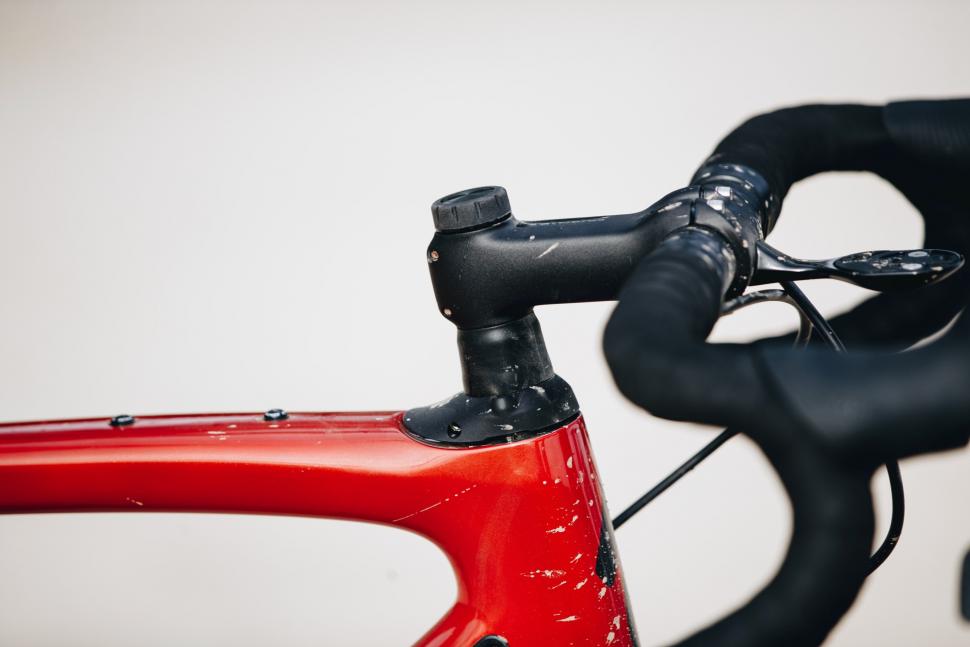

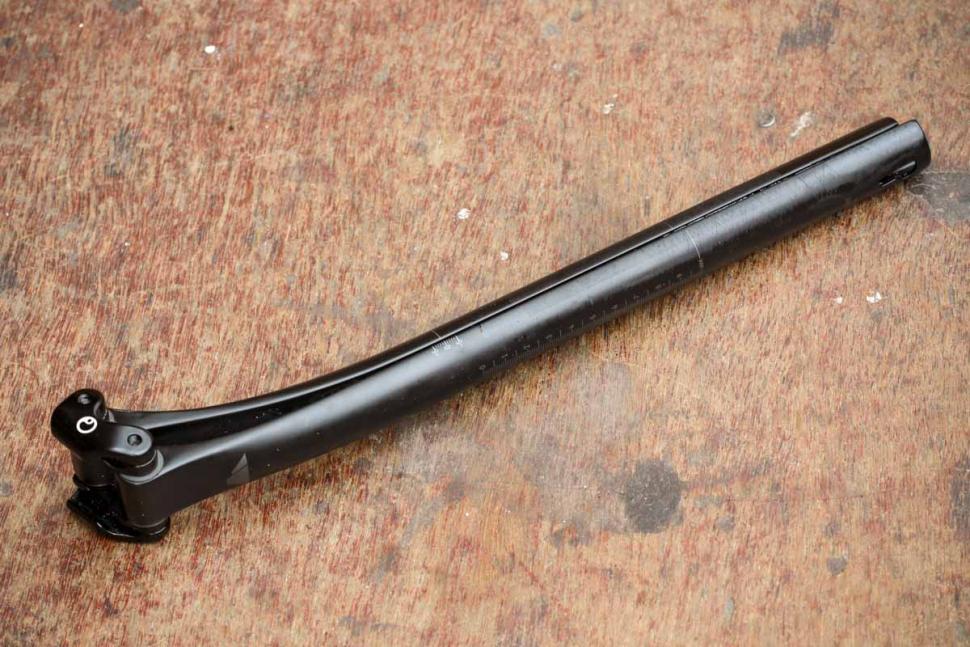

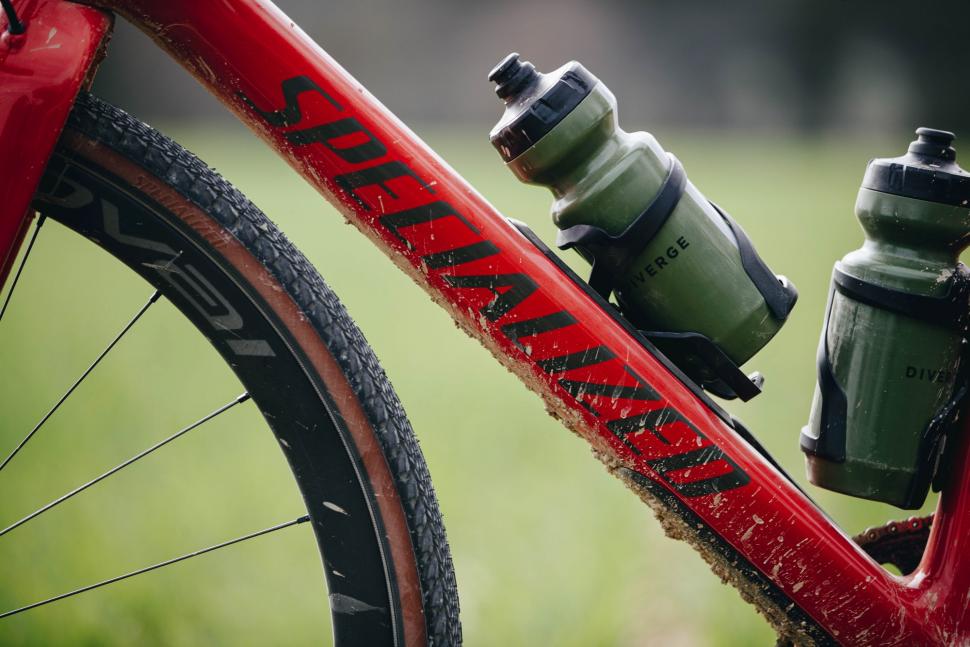
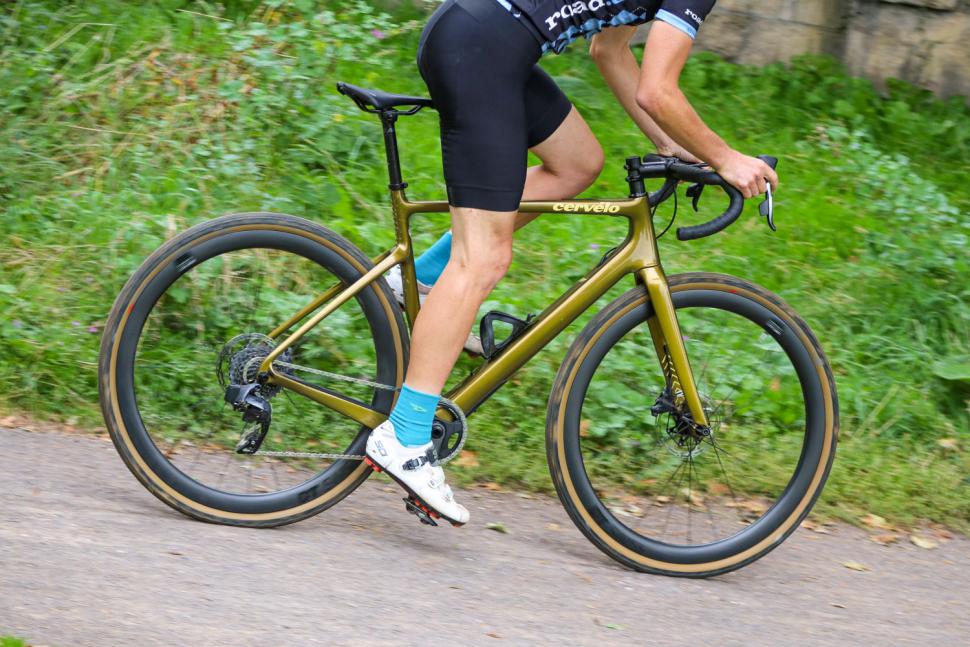
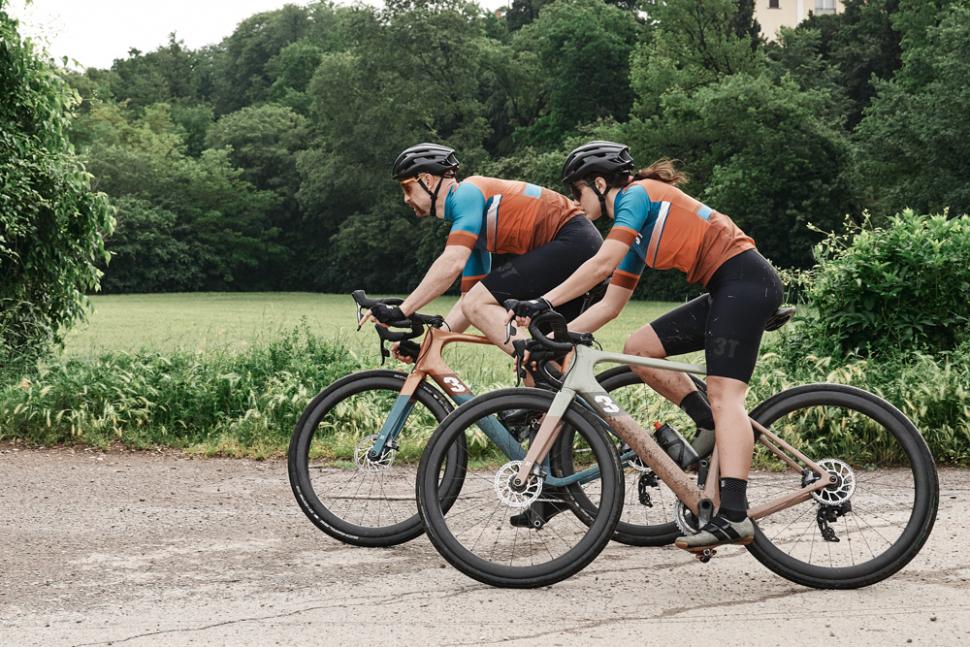



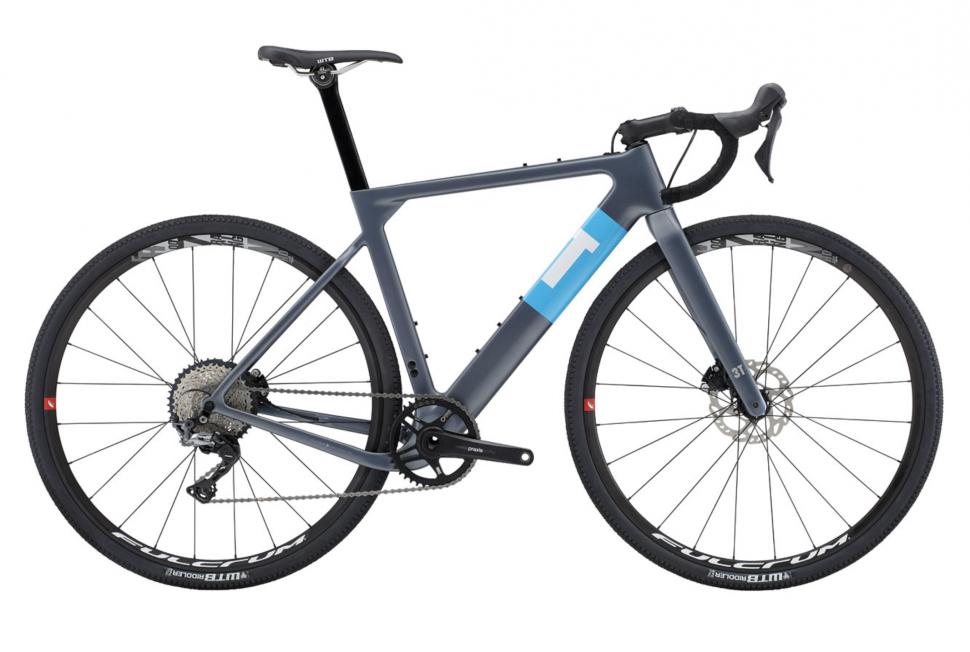


Add new comment
2 comments
If you're serious about gravel then you need to think about the practicalities and for me that's storage, fuel, reliability, and robustness.
That means panniers or frame bags. It means tubeless. It means a high volume pump (just buy a Mountain Morph, they're awesome). It means having something to take the sting of gravel surfaces out of your hands - be that the Canyon solution, or FutureShock, or aftermarket options like a Redshift Shockstop. Dare I also say that it means mudguards? Am I the only one to run full length mudguards over a 650B wheelset? You also need the gearing to winch up loose surface climbs, and the grip to go with it. You might want to consider flat pedals if you're expecting to do stuff gnarlier than a fire road.
Personally, I'm now done with gravel and have switched to a modern geometry hardtail MTB, with panniers, mudguards, bottle cages, and massive tyres. Early indications are that road sections aren't too tiresome, I just stick my saddle up to optimise my road position and will probably fit ergo bar ends if I start doing mega road transitions to gravel sections (this is unlikely)
You'd get an absolutely top spec hardtail (or even full sus) MTB for your budget. Carbon fibre everything, all the gearing you could possibly need, and suddenly you've opened up the option to use the same bike for more hardcore MTB stuff.
In fairness, the original letter write did say something that could do road and gravel, so the four bikes above look ideal.
I agree though that people need to be realistic about how quickly UK 'gravel' can become mountainbike territory. I had a great route planned for me and 2 mates at the weekend but it quickly deteriorated into pushing up the hills and death-gripping the brakes on the way back down because 'gravel' double tracks that looked OK on the map were just too steep, too loose, to washed out, etc. A fast hardtail with some sort of roadie postion on the bars would have been perfect.
I have to disagree with you on this point though, tubeless can be great, but it can also be a messy, expensive faff. I'm still riding latex tubes in 40mm tyres. The ride quality is fantastic and no punctures yet. In comparison, both rides I've been on recently with friends running tubeless, it has been them stopping to repair punctures, and on both occasions their first attempt (using Stan's Darts) has failed, and on both occasions they've also had to stop en route later to top tyres up etc. It's not infallible and to my mind absolutely not essential. I've even raced my hardtail MTB with tubes in it...